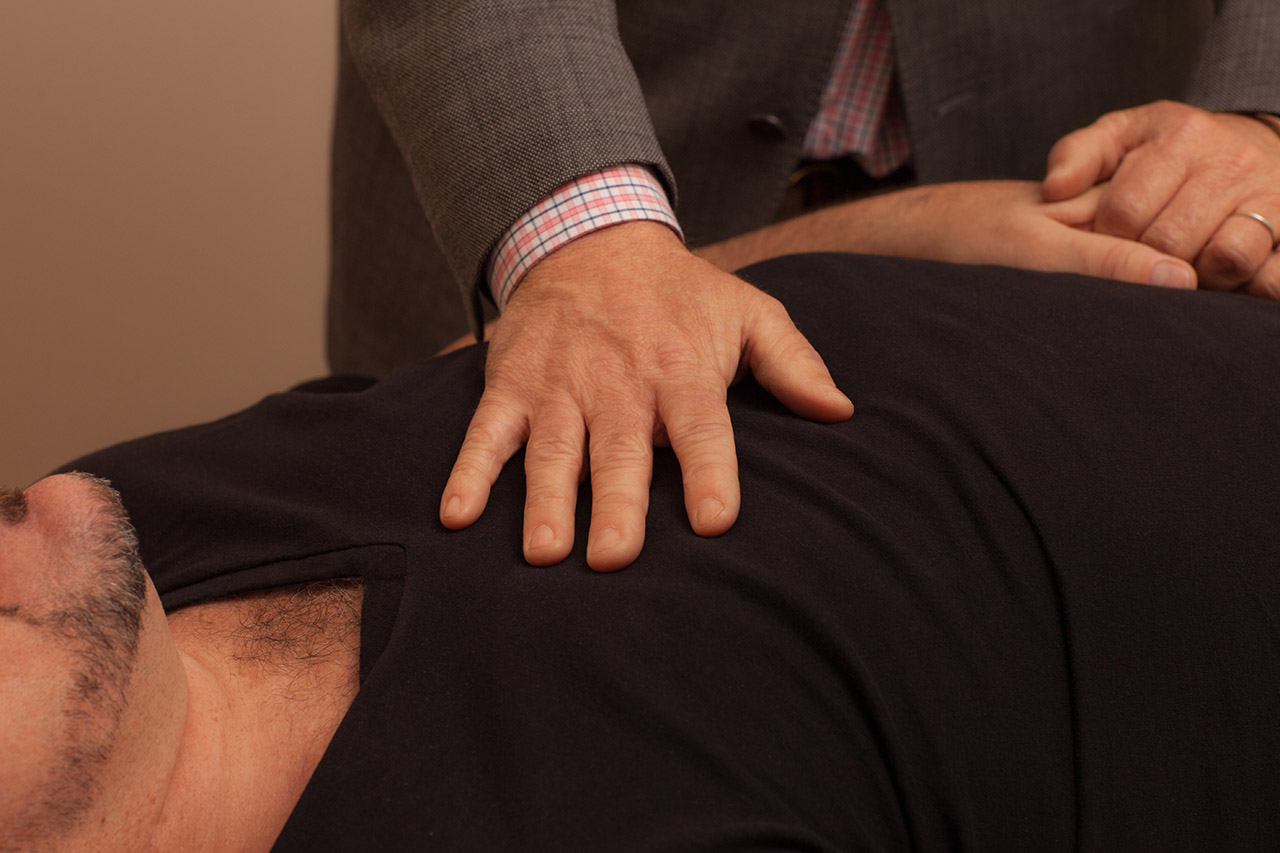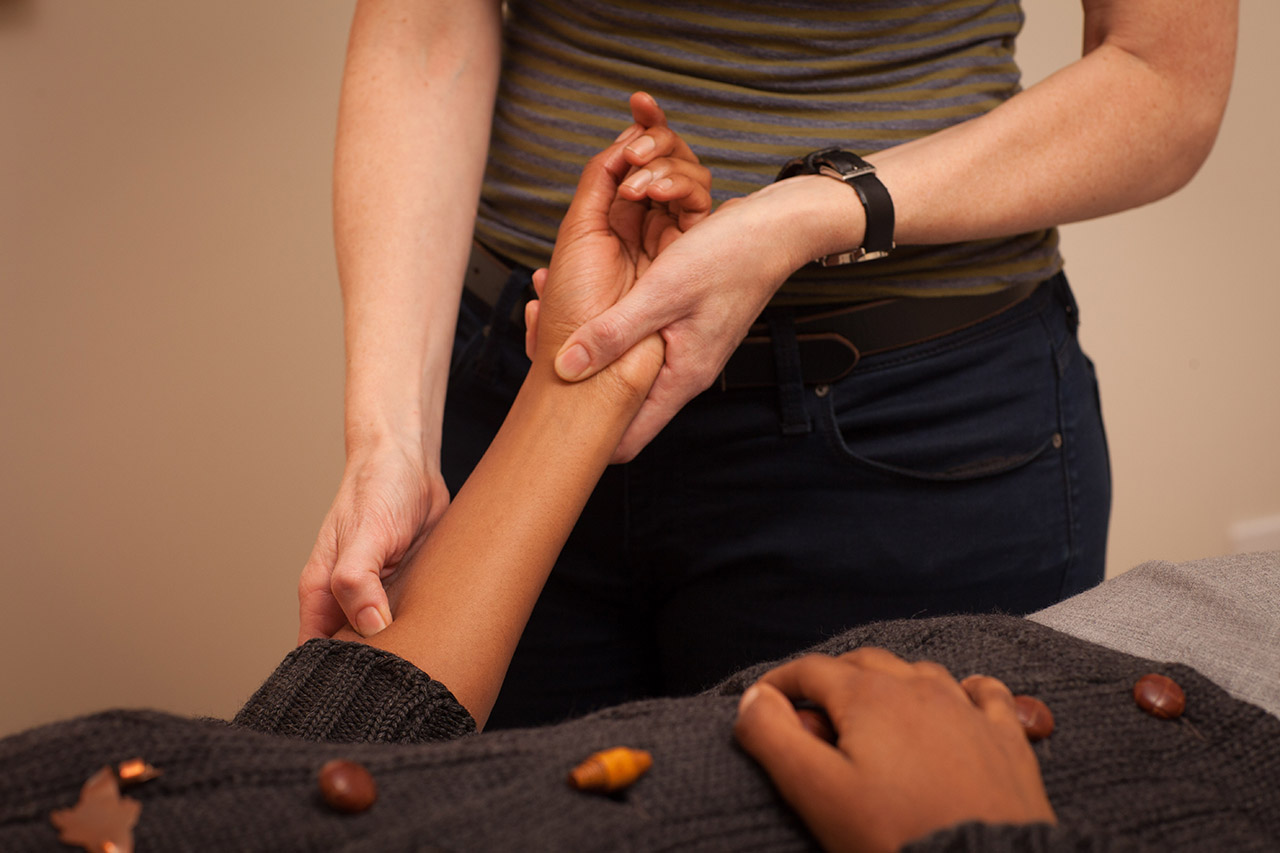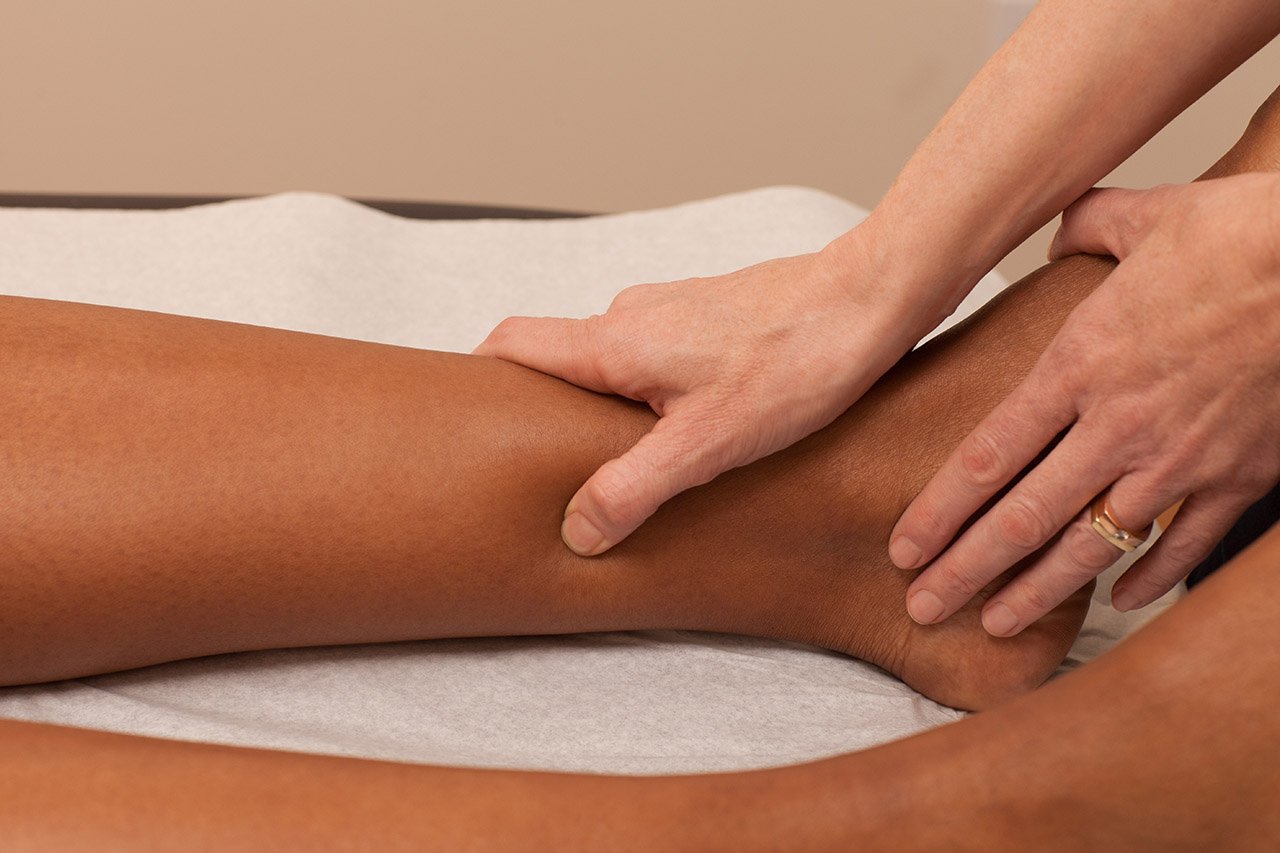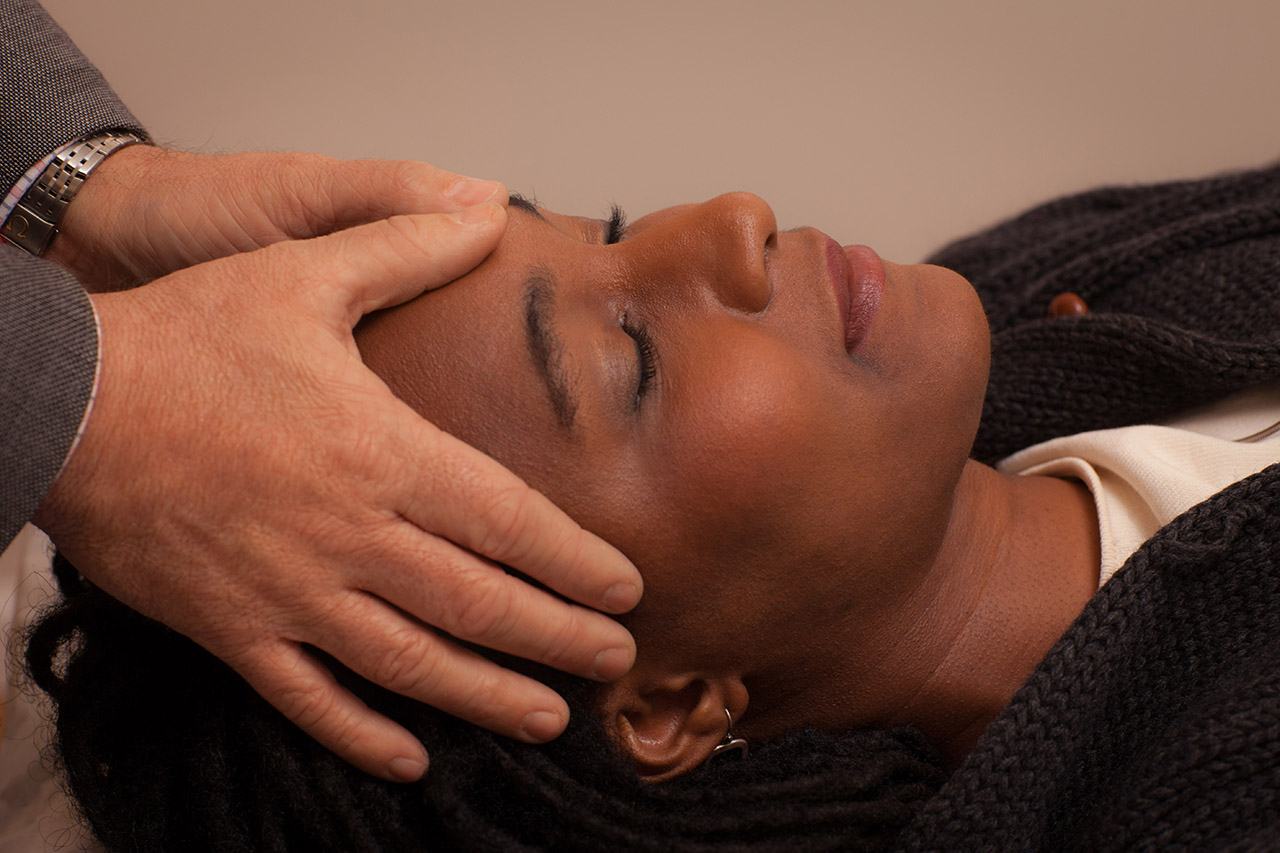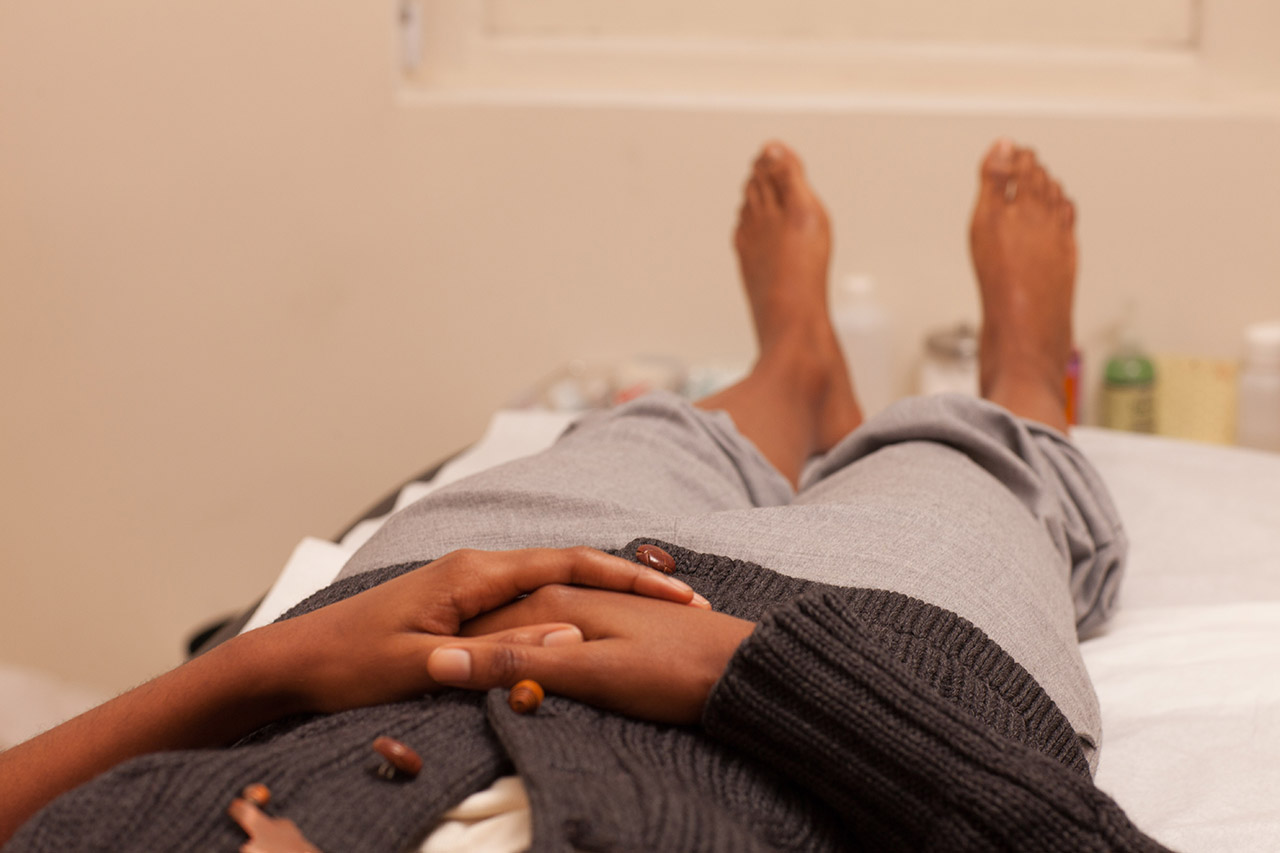- Details
- Originals
- Hits: 61057
Holiday Newsletter
Dear Friends and Colleagues:
Turning Point would like to reach out with some words of encouragement, strength and warmth during the winter season and holidays. With longer nights, less sunlight and cold temperatures it is certainly a time to conserve our strengths. Conversely, the holidays encourage us to reach out and reconnect with family and friends. As with all things, the key is to find a balance and stay in harmony with the season and ourselves. The joy of celebration helps raise and build qi that can sustain us through the winter. Love can be drawn from the beauty of new-fallen snow in Central Park, from the rewarding feeling of packing boxes of household goods for donation to charities, from the sense of calm after relatives leave or even just from treating yourself to an extra tap on the snooze button on January 1. The winter season asks us to seek strength from within and push forward until warmer weather returns. It is all these small and special forms of expressing love for yourself and others that will enrich your qi and augment you in thriving.
In this issue:
- Seasonal Overeating: Western and Eastern Approaches
- Holiday Meditation
- Practice Updates
1. Seasonal Overeating
While the holiday season is a time of warmth and togetherness with loved ones, it also has the potential to be a stressful time of year. Everybody deals with stress in her or his own way. Many choose to seek comfort in food. The average American gains ten pounds between Halloween and New Year's Day. The cold weather can lead to decreased exercise for city folk who walk. Less sunlight of shortened days yields lower vitamin D levels. Both can contribute to increased appetites and the propensity to over-indulge.
Western Perspective
Although the holiday dinner table is over groaning under the strain of shimmering glazed foods, there are ways to approach the smorgasbord and still walk away with your pants fitting comfortably. Glycemic spikes from too much sweet can cause a dearth of energy and good spirits. Greasier foods can rob a person of energy by demanding a relative great amount of energy to break down their fatty substances. Digestion of all these foods can cause bloating, nausea and difficult elimination.
Eastern Perspective
In Traditional Chinese Medicine (TCM), the urge to overeat is a result of unbalanced qi in relation to the spleen, liver and kidney. These are the organs that deal with stress, and the holidays can severely tax them. When your qi becomes unbalanced in these systems, the desired seasonal feelings of joy, satisfaction and satiation are replaced by unease, agitation and poor metabolism. TCM classifies this resulting state as one of dampness. Dealing with stressful situations in a direct manner can help to promote better flow of qi, and your acupuncturist will also be able to utilize specific acu-points to encourage better flow of qi. It is also recommended that you reduce your intake of caffeine, alcohol and dairy, as these foods negatively impact the organs and increase dampness. Regular walking and yoga are two exercises that have also been found to be beneficial to decreasing dampness and increasing flow of qi.
Summary and Strategy
Practice portion control: you can load up your plate, just try to only take about half the serving size you think you want. Eating slowly and pausing to drink water and talk to your companions will also help ensure that you feel satiated and do not need to go back for unnecessary seconds. Try to work in small spurts of exercise, such as parking the car in the rear of the mall parking lot or, for city-dwellers, getting off the subway one stop before your shopping destination and walking the extra blocks. While you are making lists of all the presents to be bought and parties to go to, try to also keep a daily list of the foods you eat. Simply being conscious of your calorie intake often times helps reduce it. The holiday season can be a challenging time of year. It's also an opportunity to approach festivity in a calm and deliberate manner. If you practice portion control, pay attention to your body's signals of satiation, and deal with stress before it becomes overwhelming you can indeed have your pumpkin pie and eat it too.
2. Holiday Recipe: Hot Mulled Apple Cider
Hot drinks are an easy way to warm ourselves from within during this winter season. Mulled apple cider provides the additional warmth of ginger, cinnamon and allspice without the refined sugar found in other beverages.
Ingredients:
1/2 gallon of apple cider
1 inch knob of fresh ginger
Zest of one medium orange
3 (2") cinnamon sticks
1 tsp ground cinnamon
1 tsp allspice
4 whole cloves
Directions:
Combine ingredients in a non-aluminum saucepan. Place over medium heat and bring to a boil. Reduce heat and simmer for 15 minutes.
Strain mixture and serve hot in mugs.
Serves 6
3. Practice Updates
Turning Point is proud to announce the opening of a special Reiki room in our office suite. Make sure to check it out and ask about Reiki sessions on your next visit!
Holiday special: Hot Stone Meridian Tracing Treatment. December is the season of the Lung. Following the Chinese lunar calender this treatment will support and strengthen the lung system to support immunity and courage. Gilles Obermeyer has developed this therapy to support people in being in harmony with the lunar calender. 90 minutes Sessions available December 29th, $170. Please call Gilles directly to schedule your session 917-282-7420.
Keep an eye out for the re-launch of our website in the new year. We've been working hard and hope you will find our new internet home a welcoming, special place.
We offer gift certificates for acupuncture, Reiki and massage - all wonderful ways to take care of yourself and your loved ones during the holiday season. Email us. Call (212. 489. 5038) or visit our offices (1841 Broadway) to share a gift of healing.
We look forward to supporting you toward your fullest enjoyment of the season in optimum emotional, physical and spiritual health.
Be well,
E. Shane Hoffman, DAOM, LAC
Amanda Silver, LAC
Kymberly Kelly, LAC
Karen Ortiz, LAC
Lourdes Guzman, Reiki Master
Gilles Obermeyer, LMT
Hector Mendez
Kim Chinh
- Details
- Originals
- Hits: 60842
February Newsletter
Volume 8, Number 1
Dear Friends and Colleagues:
A warm and happy welcome to the new year! We here at Turning Point hope that you have enjoyed the holiday season and are looking forward to embracing the 2010, even if it has started out as a chilly one. One of our new year's resolution is to serve you, our patients, as a ready resource of medical information and wellness support. We encourage you to submit topics for discussion. The entirety of Turning Point is a wonderfully varied group. By sharing our knowledge and care we hope to maintain a positive dialogue and support each person in building strong qi and life.
In this issue:
- Joint Pain and Arthritis: Western and Eastern Approaches
- Complimentary Treatment Focus: Reiki
- Practice Updates
1. Joint Pain and Arthritis
Over 20 million American adults suffer from some form of regular joint pain or arthritis. Great Aunt Gertrude's predictions of changes in the weather based on feelings "in her bones" may or may not be verifiable, but there is a lot of use to be gained by understanding and preventing joint pain.
Western Perspective
There are several different types of joint conditions commonly diagnosed by doctors. Bursitis and Osteoarthritis (OA) are the most prevalent non-viral conditions. Bursitis is an inflammation of the bursae, fluid-filled sacs that cushion bones at joints. This inflammation can be acute or chronic and is prevalent in athletes. The joints most susceptible include the shoulder, elbow, hip and knee joints. Osteoarthritis is the most common joint disorder. It is a degenerative condition in which the cartilage between bones wears away, resulting in bone spurs and weakened tendons. Fingers, knees, hips and the spine are frequent sites of OA. The cause of OA is unknown, but it is primarily seen as a result of aging. Symptoms begin to appear in middle age and are present in almost all adults over 70. OA also tends to run in families and those who are overweight or suffered joint injuries earlier in life have increased risk as well. Treatment for bursitis and osteoarthritis includes warm baths, stretching, massage and anti-inflammatory medication.
Eastern Perspective
As with many painful physical conditions, Traditional Chinese Medicine (TCM) views joint pain as a result of blocked qi and classifies the pain specifically as "Bi." Blockage of the cyclical flow of qi in the meridians can be impacted by a number of factors, but the most prevalent are Cold, Wind, Dampness and Heat. Cold Bi tends to stay in one area and increases with exposure to cold weather. Wind Bi moves from joint to joint and is the result of prolonged exposure to harsh winds. Damp Bi combines joint pain with feeling of tiredness. Heat Bi can result from any of the previous conditions and is primarily characterized by hot, swollen joints. TCM considers every person's experience of bi to be different and treatments are proscribed on a case-by-case basis. In addition to acupuncture, there are several topical and herbal supplements that have been found to relieve joint-specific pain.
Summary and Strategy
The causes of joint pain may be a mystery to western medicine, but the impact of this condition may be greatly lessened by practicing TCM prevention techniques. Dress warmly in the winter. If you can't avoid exposure to extreme cold or winds, compensate by treating your sore joints and muscles to warm baths and the occasional massage. Aspirin and other over-the-counter anti-inflammatory medicines can help with flare-ups, but should be used sparingly. Gentle exercise techniques such as Pilates, yoga and Tai-chi help keep your joints lubricated and qi flowing. Eating healthy and reducing your intake of dairy and greasy foods can also help lessen joint pain. Vitamin D is important for bone and joint health: you can either take a supplement or simply make sure to get 10 minutes of sun exposure per day during the winter months.
2. Complimentary Treatment Focus: Reiki
Turning Point offers a number of treatments that compliment regular acupuncture visits. For the new year we thought it would be helpful to give you a little bit of information on these treatments, starting with Reiki.
What Is It? Reiki is an ancient technique of "laying on of hands," in which the practitioner helps to bring into balance your connection to a spiritual wisdom or universal life energy. A gentle, non-invasive technique for stress reduction, nourishment and relaxation, it helps ease pain, still the mind and increase energy. "It felt like the dream-filled nap of a lifetime," says Shane Hoffman of his last session.
Who Does It? Lourdes Guzman is a Reiki Master. She has been practicing Reiki since 1994 and a master Reiki instructor for over ten years.
Why Should I Do It? A Reiki treatment feels like a glowing radiance that flows through and around the body, leaving the receiver with an immediate sense of well-being. Why wouldn't you want that?
How Much Does It Cost? Regular Reiki sessions are $90. Mention this newsletter when booking and you will receive a 15% discount!
3. Practice Updates
Turning Point is proud to announce the opening of a special Reiki room in our office suite. Make sure to check it out and ask about Reiki sessions on your next visit!
Survery question: Turning Point seeks your input. We are considering relocating to: 1) space on the 7th Ave line #1 train line across the street from Penn Station. The building is literally steps from the subway stairwell. Or 2) space near the 23rd St stop of the #1 train line or 4) space near the 28th St stop of the # 1 train. of the What's your opinion?
To vote for Penn Station email here: This email address is being protected from spambots. You need JavaScript enabled to view it.. To vote for 23rd St near 7th Ave email here:This email address is being protected from spambots. You need JavaScript enabled to view it.. To vote for 28th St near 7th Ave email here: This email address is being protected from spambots. You need JavaScript enabled to view it..
To rally for Columbus Cirlce email here: This email address is being protected from spambots. You need JavaScript enabled to view it..
Gilles Obermeyer is offering an introductory Qi Gong class on Saturday mornings (10-11am). Classes are small and limited to 5 persons in series of 4 classes of 60 minutes. One must commit to the entire series to register. The series will feature the building blocks of medical and Internal QiGong (8 Brocades, Xin Ji QiGong, 5 Elelments, Dao Yin and more) including meditation and additional relevant exercises from Shiatsu and Bagua. Call Turning Point to register. Session begins February 13.
Gilles Obermeyer and Rosie O'Shea are offering a couples massage special in celebration of Valentine's Day ($250). Private class couples massage is also available to learn methods of massaging your loved one. For more info email:This email address is being protected from spambots. You need JavaScript enabled to view it..
Keep an eye out for the re-launch of our website. We've been working hard and hope you will find our new internet home a welcoming, special place.
Finally, a bittersweet announcement. Kymberly Kelly has decided to leave Turning Point to focus on building her private practice. We wish her all best luck and will miss her healing talent and wonderful sense of humor.
We offer gift certificates for acupuncture, Reiki and massage - all wonderful ways to take care of yourself and your loved ones and start of the new year in a healthy way! Email This email address is being protected from spambots. You need JavaScript enabled to view it., call (212. 489. 5038) or visit our offices (1841 Broadway) to share a gift of healing.
We look forward to supporting you toward your fullest enjoyment of the season in optimum emotional, physical and spiritual health.
Be well,
E. Shane Hoffman, DAOM, LAC
Amanda Silver, LAC
Karen Ortiz, LAC
Lourdes Guzman, Reiki Master
Gilles Obermeyer, LMT
Hector Mendez
Kim Chinh Shayne Figueroa
Turning Point Acupuncture
1841 Broadway
New York City
212. 489. 5038
nycacupuncture.com
copyright 2010 Turning Point Acupuncture. All rights reserved. This newsletter may be reproduced in its entirety only, including this copyright line.
- Details
- Originals
- Hits: 55582
About:
Facial acupuncture is an excellent supplement or alternative to procedures such as cosmetic surgery or botox injections. It is safe, basically painless, and has no risks or side effects. Facial acupuncture increases collagen production, thereby reducing fine lines and diminishing deep wrinkles. It improves overall facial tone, by stimulating weakened muscle fibers and relaxing overwrought muscle tensions. This effectively minimizes double chins, firms up jowls, reduces frown lines and bags under the eyes, as well as lifts droopy eyelids and eliminates facial puffiness.
Each session includes a "body treatment" to balance the pulses and prepare the body for treatment, as well as a neck or facial protocol to bring increased vitality to those areas. For the actual facial treatment, extremely fine needles are inserted to a shallow level to affect the muscles and collagen of the skin.
Dietary, & general lifestyle advice is also an integral part of treatment.
Since each individual is unique, the response to treatment will vary depending on your age and lifestyle. Generally, results are noticeable after 6-7 sessions, although a radiant complexion and brightness in the eyes can be seen after the first treatment. The recommended course of treatment is between 10 -12 sessions, and should be done 1-2 times a week. A treatment lasts about 60 minutes. Maintenance is recommended once each month.
Who we are and how we live our lives is written on our faces. As time passes, and physical, spiritual, and emotional changes occur, our face reflects our transformation. The Chinese have practiced facial rejuvenation for centuries. The royalty of the Sung Dynasty (960AD - 1270AD) performed cosmetic acupuncture to help health and beauty from within to radiate to the outside. Through these sessions, Mei Zen Cosmetic Acupuncture can help rejuvenate your body and revitalize your being to look and feel your best.
Mei Zen Cosmetic Acupuncture is a treatment developed by acupuncturist Martha Lucas. There are two beneficial aspects to this treatment. One is a "root" treatment, which regulates the flow of energy (qi) and removes blockages in the meridians (channels of qi and blood) to improve overall health and restore balance to the body. This constitutional treatment addresses underlying causes, like digestive problems, hormonal imbalance and emotional stress, which become reflected in the face. The other is a local treatment, which directly affects facial appearance. Since many of the meridians begin or end on the face, there is an increase in circulation of blood, lymph and qi to the face that aids in moistening and creating a radiant color and glow to the skin.
Price List:
The suggested course includes 2 sessions weekly for five weeks. All sessions include full body acupuncture treatment in addition to facial treatment.
Full course of 10 treatments = $1500
- Details
- Originals
- Hits: 53255
In January 2007, a Turning Point client told her acupuncturist that she had entered a three month long weight-loss competition – a contest among friends that she really wanted to win. They had been working together for several years on general well-being and this competition presented the client with an opportunity to learn more about how both Western Medicine / Culture and Traditional Chinese Medicine dealt with the issue of weight-loss.
We all know the basic weight-loss mantra: “eat less, exercise more.†However, with the constant stress and instant-gratification mentality of modern life, this is much easier said than done. Many people treat weight loss as a short sprint and are also constantly looking for short cuts. Eliminating certain types of food (carbohydrates or fats) or intensely working out for a brief period of time will help you lose weight, but once you return to “normal†eating habits, the weight comes back and then some. We need to burn more calories than we consume in order to lose weight, but it’s also important that we eat the right kind of calories and establish a healthy diet that can be sustained interminably. Eating a menu based on the 40/30/30 plan, where the daily food intake consists of 40% complex carbohydrates, 30% protein and 30% fat, as well as consciously reducing high-glycemic index foods like candy and other sweets, is a good and manageable approach. Aerobic activity such as running, bicycling or swimming, should also be balanced with anaerobic activity such as weight-lifting for optimum results. Keeping food and exercise journals has also been proven to help with weight-loss and maintenance.
In Traditional Chinese Medicine (TCM), obesity and excess weight in general are viewed as a result of unbalanced qi in relation to the spleen, liver and kidney. All three of these organs play important roles in dealing with stress, and when they become overwhelmed feelings of well-being, satisfaction and fullness are replaced by unease, agitation, slow digestion and poor metabolism. TCM classifies this state as one of "dampness." In addition to utilizing specific acu-points to encourage better flow of qi, it is also recommended that you reduce your intake of caffeine, alcohol and dairy, as these foods negatively impact the organs and increase dampness. Your acupuncturist may also prescribe certain Chinese herbs to help reduce the dampness and promote qi between treatments. Exercise is also suggested as a complimentary activity, but the TCM approach supports a more gentle approach, so as to not shock the system. Regular walking and yoga are two practices that have been found to be beneficial.
A 2003 study published in Experiemental Biology and Medicine found that a combination of the western and TCM weight-loss techhniques produced positive results. Over an eight week period, 55 subjects received auricular acupuncture treatment and kept food journals. The subjects were weighed four times a day and in the end, 64% lost weight. A control group that received "sham treatments" and kept food journals did not lose any weight, proving that the weight loss of the test subjects was not simply a self-fulfilling prophecy. Other studies have also found that accupuncture can have a positive impact on weight-loss, but more quantitative research needs to be done.
So what can you do with all this information? Turning Point recommends individual consultation with your acupuncturist, as everybody and every body is unique. In general though, a safe approach to weight loss incorporates both Western and TCM elements. Try to eat a glycemically balanced diet, and reduce your intake of alcohol, caffeine and dairy. Exercise at a level where you feel comfortable but also challenge yourself to reach for a higher general state of overall fitness. Keep a journal and make sure that you are open and honest with your acupuncturist about challenges and successes. The needles are not an instant fix-all. You need to be an equal partner in the process and work to address both your emotional and physical issues that have resulted in the excess weight.
And in case you were wondering, the Turning Point client did win the competition. She lost 10% of her weight and has kept it off for over two years by following the program outlined above. This success has made her a firm believer in the effectiveness of TCM in general and regular acupuncture treatments in particular.
